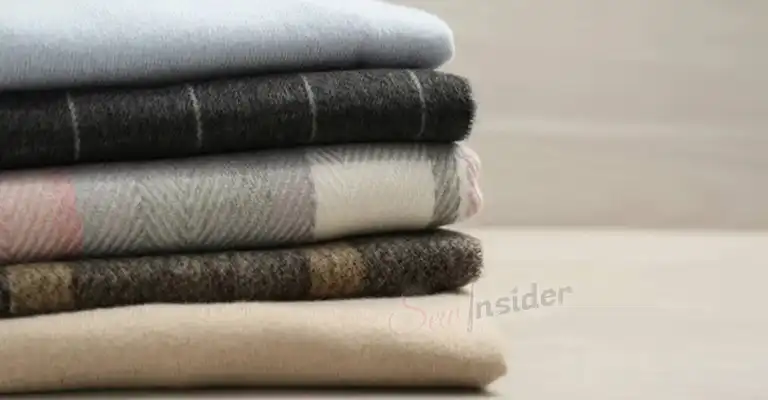Weathering is a captivating craft that allows for the transformation of fabrics, giving them a unique, aged appearance. This guide will lead you through the step-by-step process, employing simple techniques that are both safe and easy to execute. Prepare for an exciting crafting adventure!
Materials Needed
Based on my experience, here’s a list of materials you’ll require:
- Old fabric pieces( the ones I want to weather or modify)
- Tea bags
- Spray bottle filled with water
- Sandpaper
- Scissors
- Clothespins
- Plastic sheets or newspapers
Steps of Aging an aged textile are given below with some simple steps.

Step 1: Choosing My Fabric
Drawing from my own experience, selecting the right stuff is crucial for a successful weathering project. Opt for old cotton or linen fabrics, as they absorb the weathering agents effectively.
Step 2: Brewing the Tea: Creating the Weathering Solution
Now, let’s delve into creating the weathering solution. Boil a pot of water and add the tea bags. Drawing from my experience, allowing them to steep for at least 30 minutes yields the best results. This mixture acts as a natural dye, giving my fabric a genuine aged appearance.
Step 3: Dyeing the Stuff: Achieving the Desired Look
Based on my personal journey, once the tea solution has cooled, submerge my chosen fabric pieces. Let them soak for approximately an hour or until I achieve the desired level of weathering. Remember, the longer the soak, the darker the result.
Step 4: Drying Process: Air Drying for Best Results
From my experience, once I am satisfied with the color, carefully remove the fabric using clothespins and allow it to air dry on a flat surface. Avoid direct sunlight to prevent fading.
Step 5: Adding Texture: Distressing the Textile
To lend my weathered fabric an authentic touch, employ sandpaper to gently distress the surface. Focus on areas prone to natural wear and tear.
Step 6: Final Touches: Trimming and Finishing
Drawing from my experience, use scissors to trim any loose threads or frayed edges. My weathered fabric is now ready to be incorporated into my creative projects!
Conclusion
As someone who has personally explored this craft, I can attest to the joy it brings in transforming ordinary stuff into something truly unique. By following these steps, you can embark on your own creative weathering journey.
- Q1: Can I use different types of fabric for this project?
. Yes, you can definitely use different types of fabric for your project! It’s actually a great idea to try out different materials. I would recommend using natural fibers like cotton and linen because they tend to give the best weathering effects. These fabrics are easy to work with, and they take on a nice aged look over time. So go ahead and have fun experimenting with different textiles!
- Q2: Can I use colored tea for a different look?
Yes, you can use colored tea to give your project a different look! It’s a creative way to add some unique color and texture to your fabric. Simply brew some strong tea and let it cool. Then, you can dip your fabric in the tea or use a brush to apply it. Keep in mind that different types of tea may give different colors, so feel free to experiment and see what you like best!
- Q3: Is it safe for children to work with tea dye?
Yes, working with tea dye is generally safe for children, as it is a natural and non-toxic material. However, it’s important to take some precautions. Make sure the tea has cooled down before using it, and supervise younger children to ensure they don’t accidentally spill or drink it. Additionally, it’s a good idea to wear old clothes or an apron to protect against any potential stains. Overall, with proper supervision, using tea dye can be a fun and safe activity for children.
- Q4: Can I speed up the drying process using a dryer?
Yes, you can use a dryer to speed up the drying process after using tea dye. Set your dryer to a low heat setting and place the dyed fabric inside. Keep an eye on it to make sure it doesn’t overheat or shrink. It’s a convenient way to save time, but remember that air drying is also a good option if you prefer. Just be cautious and check the fabric periodically to ensure it dries evenly.
- Q5: What other creative projects can I use weathered fabric for?
Weathered fabric offers endless creative potential. It can be used for vintage-style clothing, quilting, and home decor like pillows or curtains. Accessories like scarves and bags gain a stylish edge. Stretching it on a canvas creates textured artwork. Small pieces are perfect for appliqué and crafts. Revamp old furniture by covering cushions or upholstery. Even gift wrapping gets a unique touch. Let your imagination soar with this versatile material!
Leave a Reply